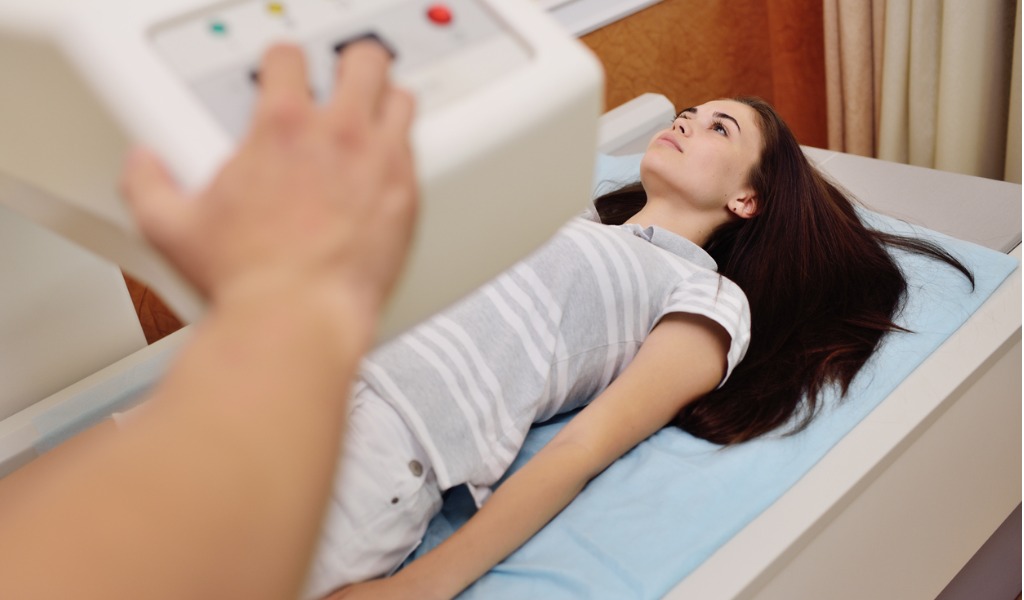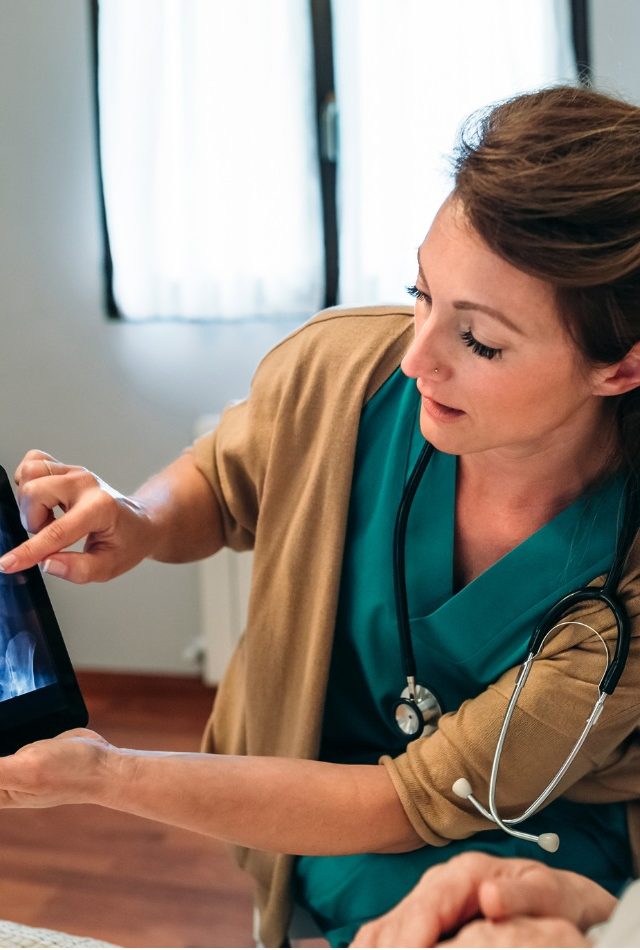Bone Density
In osteoporosis, the bones become fragile and weak leading to easy fractures of the bones. DEXA, a bone density test, is performed to detect the risk of osteoporosis using X-rays to check the patient’s bone mass and the concentration of minerals like calcium.


